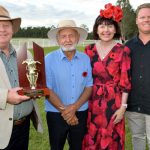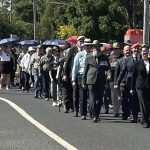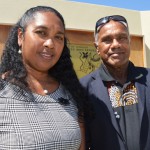by Dafyd Martindale
The South Burnett’s economy has taken a bit of a hiding over the last five years.
Things started to go south in 2011 with the floods, and they went even further south two years later when more floods ravaged our region.
The $1 milk price war hit our dairies hard, and parity with the US dollar savaged the tourist trade.
Result? All our towns now have empty shops in their main streets, and we are still losing our children to the big cities where their chances of getting a job are higher than they are here at home.
But all economies move in cycles.
And lately there have been some signs our local economy is set to move into positive territory again.
Tourism – which has been flat as a pancake since 2011 – appears to be lifting.
Not enough for most operators to give up their day jobs, but enough to inspire confidence that one day they might be able to.
When we had a high dollar and it was cheaper to spend a week in Bali than a weekend at Noosa, it was no surprise that many Aussies did exactly that.
But now that our dollar is back to 70c or so, more Aussies are holidaying at home, and foreign tourists are coming back.
Business confidence in our major industries is also lifting.
Proteco’s recent completion of a $3.2 million expansion to their factory is one example.
So is the work being carried out at Swickers which will ultimately enable them to lift their own production even higher.
And PCA, who had some tough times earlier this decade, have plans to move things into a higher gear in the years ahead.
AGL are finally starting to make a move on their Cooper’s Gap wind farm project, which could create 350 jobs during its two-year construction phase.
And the recently reopened Lady Bjelke-Petersen Community Hospital has already restored half the jobs that were lost when the previous operators left.
Agriculture has seen an improvement, too, though how long this will last is as unpredictable as the weather.
Our crop farmers have enjoyed some good seasons after a long period of poor returns or – even worse – no returns at all.
And local cattle producers have benefited from some very strong prices over the last 18 months.
None of these things by themselves will revolutionise our region or its economy, of course.
But we think they’re promising green shoots that should make us hopeful the turnaround we’ve all been waiting for is closer than it’s been in a long time.
























